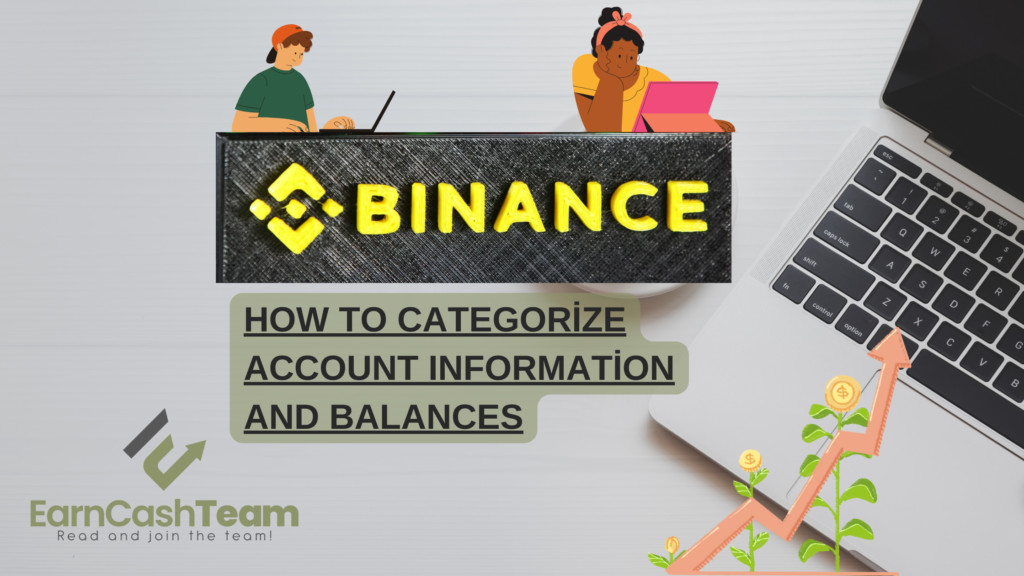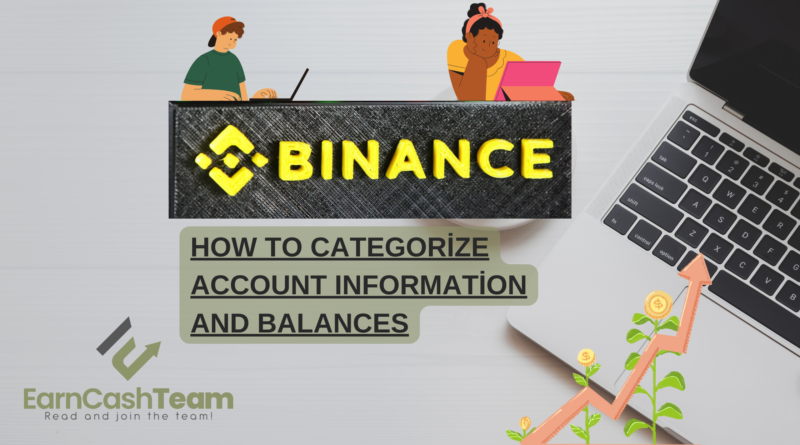How to Categorize Account Information and Balances Binance EXPLAINED
To correctly categorize real accounts, it is essential that you become acquainted with five primary account types: assets, expenses, liabilities, equity and revenue. Furthermore, it’s crucial that you can comprehend how debits and credits affect these accounts – for instance when selling products or services they increase the revenue account with credits while simultaneously decreasing inventory accounts with debits – in order to properly categorize real accounts accurately into bookkeeping software so as to track real time cashflow, meet financial goals, increase profits and ultimately boost profits.
You can also check out other Binance tips with us!
You can also directly reach out Binance now!

As well as real accounts, most charts of accounts typically contain subaccounts that represent certain balance sheet items such as depreciation or allowance for bad debts; these accounts can then be offset against assets like fixed assets or accounts receivable.
Categorizing account information and balances in your Binance API documentation can help users quickly find the relevant endpoints and details related to managing their accounts and checking balances. Here’s a suggested categorization for this section:
1. Account Overview:
– Get Account Information: Explain how to retrieve basic account information, such as user ID, email, and account status.
2. Balances:
– Get Account Balances: Detail how to check the balances of various cryptocurrencies in the user’s Binance account.
– Get Asset Details: Explain how to retrieve more detailed information about each asset, including available, locked, and total balance.
– Get Dust Log: Describe how to access information about dust (small balances) in the user’s account.
3. Deposits and Withdrawals:
– Deposit History: Explain how to retrieve the deposit history for different cryptocurrencies.
– Withdrawal History: Detail how to access the withdrawal history for various assets.
– Deposit Address Management: Describe how to manage deposit addresses for supported cryptocurrencies.
4. Savings and Staking:
– Savings Account: Provide information on how users can manage their Binance Savings account, including deposits and redemptions.
– Staking: Explain how to participate in staking activities and view staking-related information.
5. API Keys:
– Create API Key: Detail the process of creating API keys for programmatic access.
– API Key Management: Explain how to manage and restrict API keys for enhanced security.
6. Fiat Transactions:
– Fiat Wallet: Describe how users can manage their Binance Fiat Wallet, including deposits and withdrawals of fiat currencies.
7. Transaction History:
– Trade History: Explain how to retrieve the user’s trade history, including executed orders and transactions.
– Transaction History: Provide access to the full transaction history, which may include deposits, withdrawals, and other activities.
8. Order History and Open Orders:
– Open Orders: Explain how to fetch the list of open orders on the user’s account.
– Order History: Detail how to access the user’s order history, including completed and canceled orders.
9. Fiat and Spot Account Transfer:
– Transfer between Fiat and Spot Accounts: Describe how users can transfer funds between their Fiat and Spot accounts.
10. Account Security:
– Account Security Settings: Provide information on how users can enhance the security of their Binance account, including enabling two-factor authentication (2FA).
11. Account Verification:
– Account Verification Levels: Explain the different levels of account verification and the requirements for each level.
12. Sub-Accounts:
– Sub-Account Creation: Describe how to create and manage sub-accounts for improved asset management.
Each of these categories can contain detailed API endpoints and explanations, along with examples, to help users understand how to interact with their Binance accounts and access their balances and transaction history. Make sure to refer to Binance’s official API documentation for the most up-to-date information and endpoint details.




